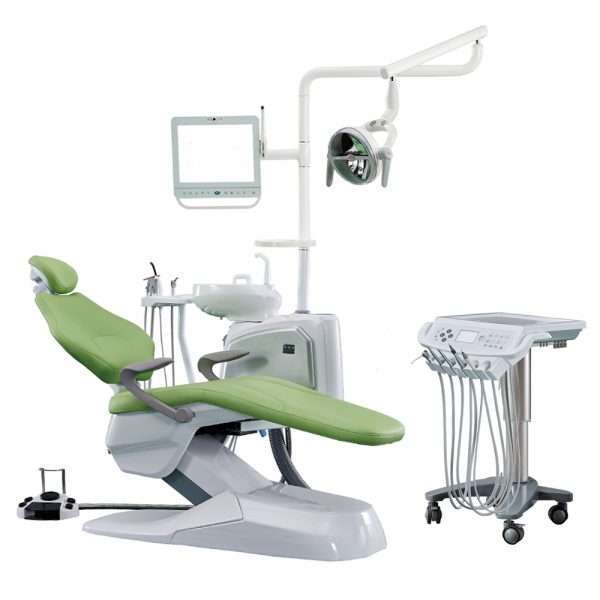
Introduction:
Surgical forceps are essential instruments used in various medical procedures, from minor surgeries to complex operations. To ensure the highest level of precision, safety, and longevity, proper maintenance is crucial. In this blog, SIMS Sarl agents will explore the essential steps and tips for maintaining surgical forceps effectively.
Why Proper Maintenance Matters:
Maintaining surgical forceps is not just a matter of extending their lifespan; it is essential for ensuring patient safety and the success of surgical procedures. Neglecting to properly care for these instruments can lead to complications, infections, and costly replacements.
Maintenance Steps:
Cleaning:
Cleaning surgical forceps is the first and most critical step in their maintenance. Proper cleaning removes biological debris, blood, and other contaminants. Follow these steps for effective cleaning:
a) Immediate Cleaning: After each use, immediately rinse the forceps under running water to remove visible debris.
b) Ultrasonic Cleaning: Place the forceps in an ultrasonic cleaner filled with an enzymatic detergent solution. The ultrasonic vibrations help dislodge and remove debris from hard-to-reach areas (available at SIMS Sarl).
c) Manual Cleaning: After ultrasonic cleaning, perform a manual cleaning using a soft brush to reach any remaining residue. Ensure thorough cleaning of all parts, including hinges and teeth.
d) Rinse and Dry: Rinse the forceps with sterile water and then dry them with a lint-free cloth or sterile gauze.

Sterilization:
Proper sterilization is crucial to prevent infections and cross-contamination. Follow these steps to ensure effective sterilization of surgical forceps:
a) Autoclaving: Most surgical forceps are autoclavable. Place them in autoclave pouches or wrap them in sterile towels, ensuring they are not overcrowded. Follow the manufacturer’s guidelines for autoclave settings and cycle times. Various types of autoclaves are available at SIMS Sarl.
b) Sterilization Indicators: Use sterilization indicators (chemical or biological) to verify the effectiveness of the sterilization process. Ensure that the indicators change colour or show signs of bacterial growth, indicating successful sterilization.
Inspection:
Regular inspection of surgical forceps is essential to identify signs of wear, damage, or corrosion. Inspect the following aspects:
a) Alignment: Check that the forceps align properly when closed and that there are no gaps or misalignments.
b) Teeth and Jaws: Examine the teeth or jaws for any signs of wear, damage, or corrosion. Ensure they close and grip properly.
c) Hinges: Check the hinges for smooth movement and any signs of rust or wear.
d) Handles: Inspect the handles for any loose or damaged components.
Lubrication:
Apply a small amount of surgical instrument lubricant to the hinges and moving parts of the forceps to ensure smooth operation. Use a lubricant recommended by the instrument manufacturer.
Storage:
Store surgical forceps in a clean, dry, and sterile environment. Ensure they are not overcrowded and use sterile pouches or trays for storage to prevent contamination.
Conclusion:
Proper maintenance of surgical forceps is essential for patient safety and the success of surgical procedures. By following the steps outlined above and adhering to the manufacturer’s guidelines, healthcare professionals can ensure that their surgical forceps remain in optimal condition, providing precision and safety in the operating room. Regular maintenance not only prolongs the life of these crucial instruments but also contributes to the overall quality of healthcare delivery.
At SIMS Sarl (www.sims-med.com) , we have made it our duty not only to provide you with quality forceps, but also to supply high yield maintenance equipment and reagents.
Blog by Mr. Nandjio Francis
Logistics Director at SIMS Sarl






